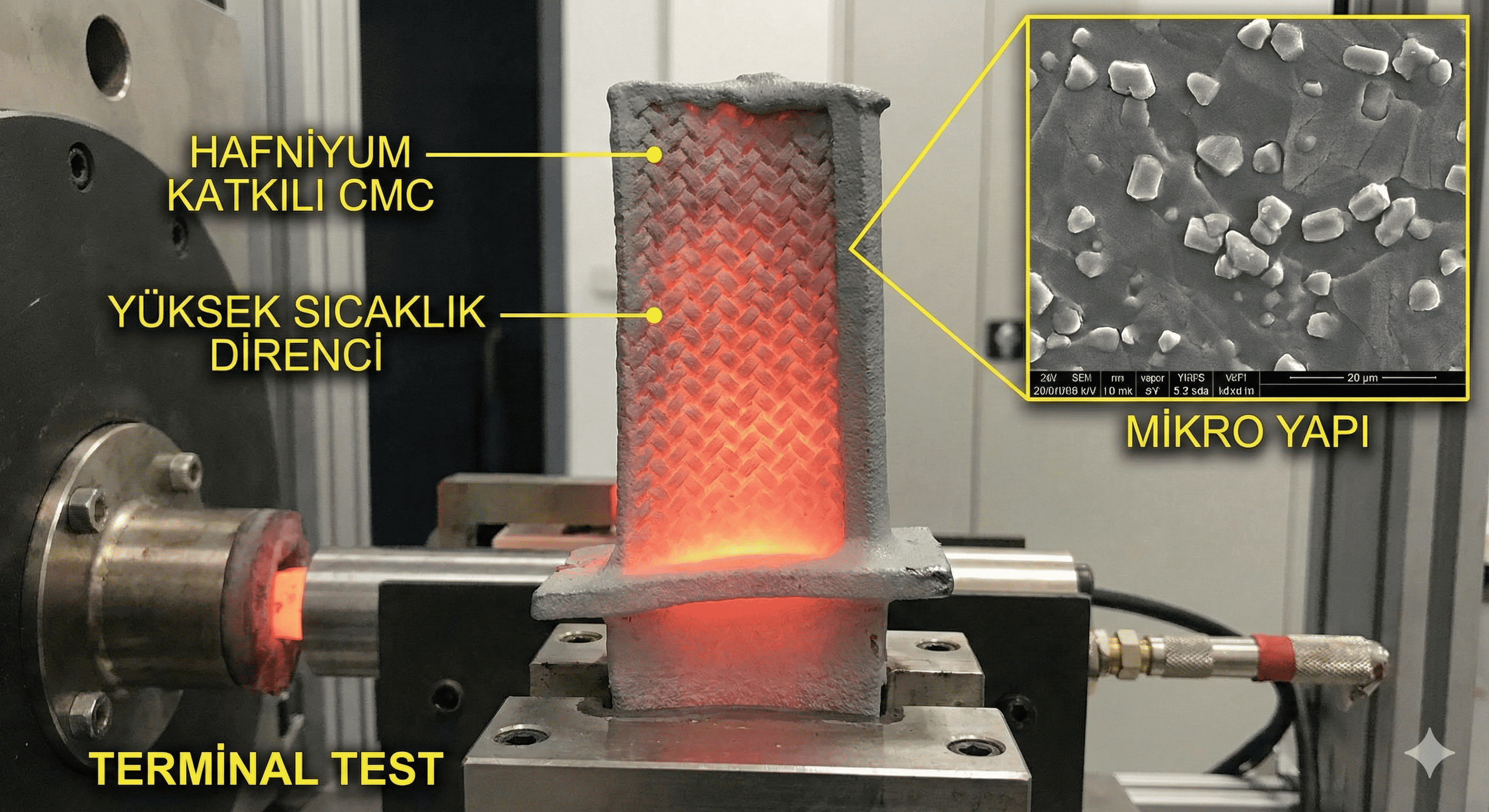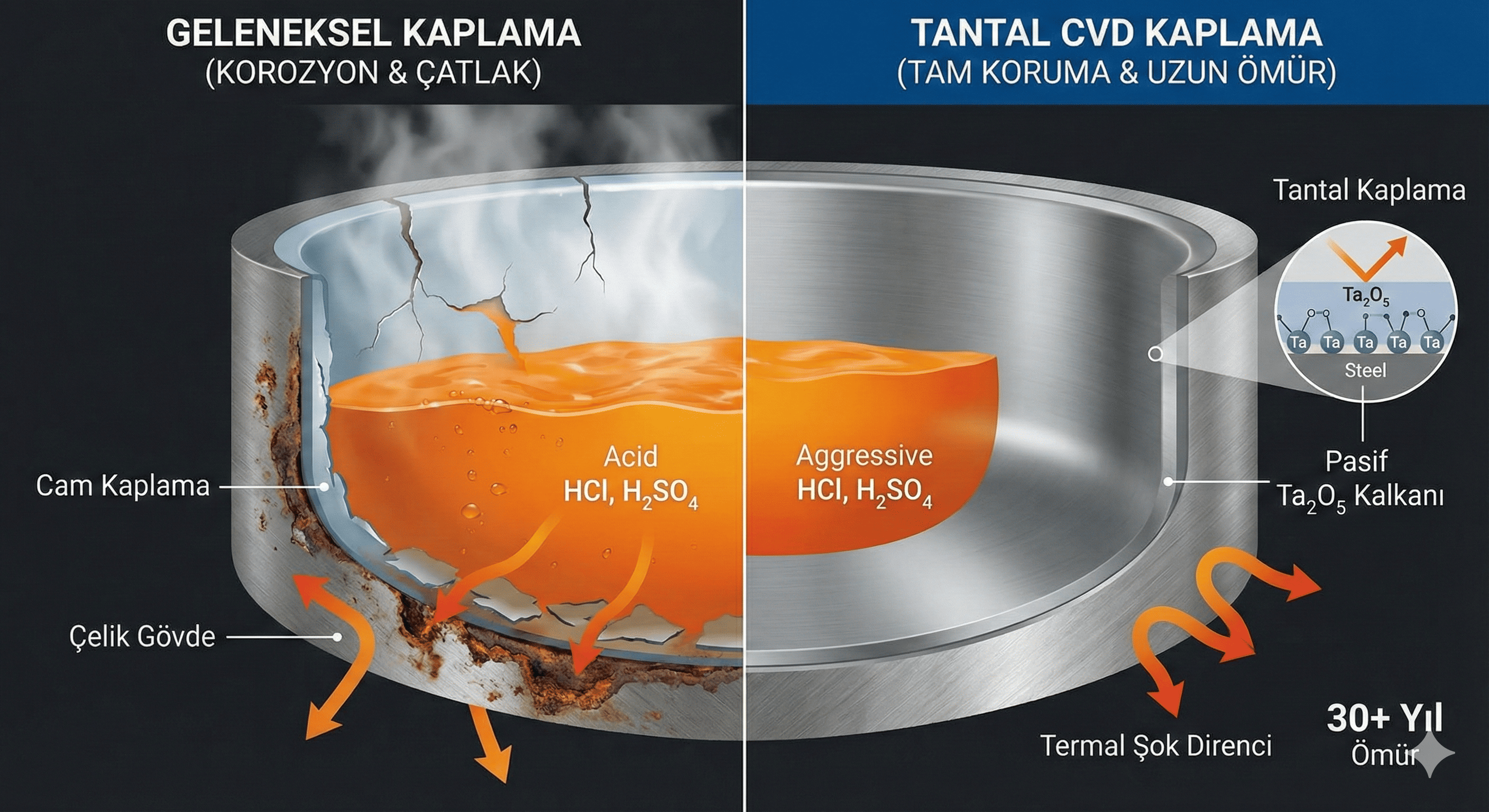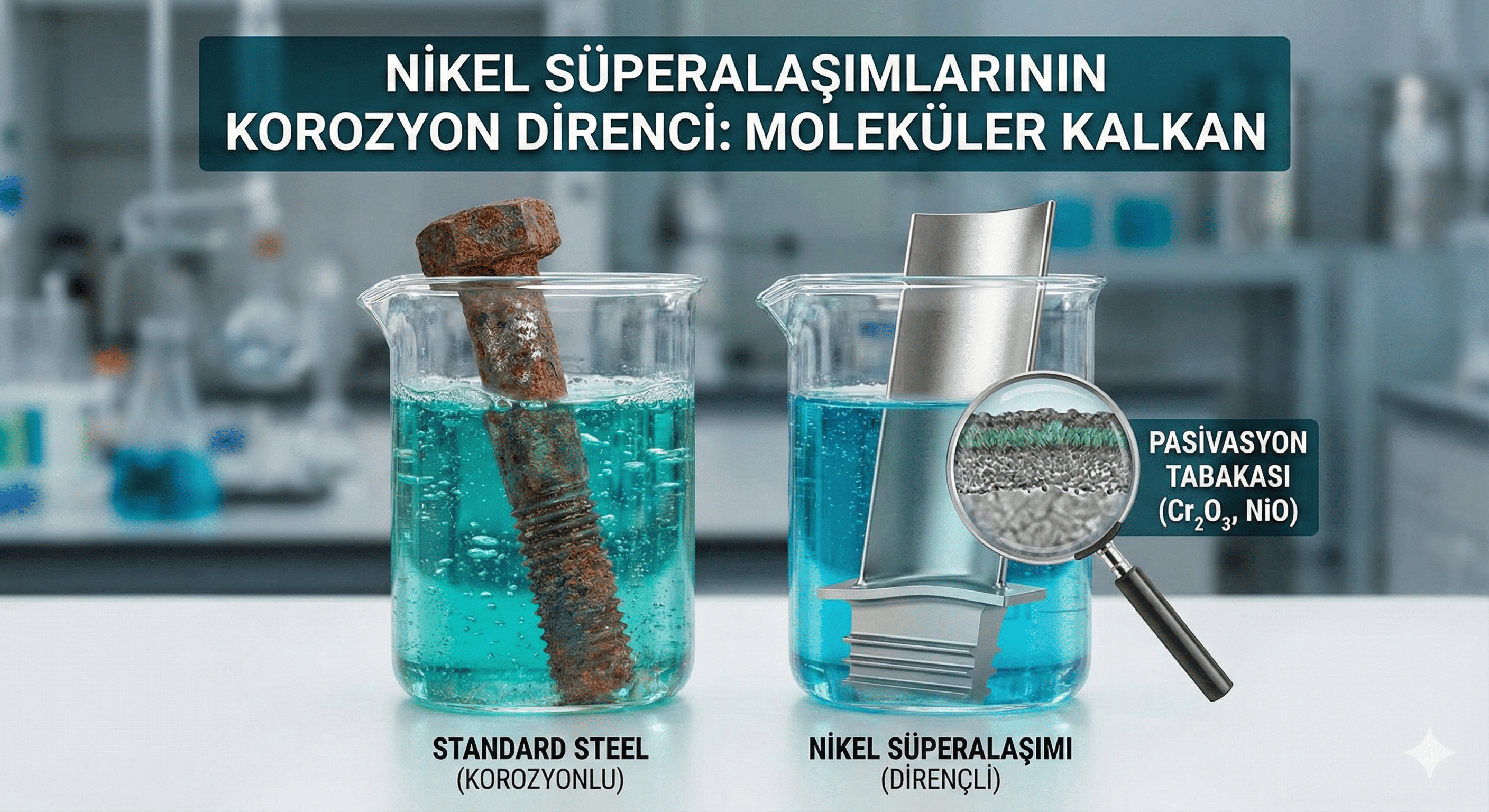Antimony Tin Oxide Nanoparticles (ATO): Properties, Synthesis, and Applications
Introduction
Antimony tin oxide (ATO) nanoparticles are a mixed metal oxide composed of antimony (Sb) and tin (Sn) in the form of tin(IV) oxide (SnO²) doped with antimony. Known for their unique electronic, optical, and conductive properties, ATO nanoparticles have a wide range of applications, particularly in electronics, optics, and energy storage. This article explores the properties, synthesis methods, and diverse applications of ATO nanoparticles.
Chemical Properties
- Composition: Antimony tin oxide is typically represented by the formula (Sb²O³) x (SnO²) 1-x, where antimony is substituted into the tin oxide lattice. The antimony content can vary, influencing the material’s properties and applications.
- Reactivity: ATO nanoparticles exhibit high chemical stability and are resistant to most acids and bases. They are generally inert in aqueous environments but can react under extreme conditions, such as strong acids or high temperatures.
- Surface Chemistry: The surface of ATO nanoparticles can be functionalized or modified to enhance their performance in specific applications. Surface treatments can improve stability, dispersion, or interaction with other materials.
Physical Properties
- Size and Shape: ATO nanoparticles typically range from 1 to 100 nanometers in size. They can exhibit various shapes, including spherical, rod-like, or irregular forms, depending on the synthesis method.
- Density: The density of ATO nanoparticles is influenced by their size and morphology. Generally, ATO nanoparticles have a density lower than that of bulk antimony tin oxide due to their high surface area.
- Mechanical Properties: The mechanical properties of ATO nanoparticles, such as hardness and flexibility, can differ from bulk materials. These properties are affected by the size and surface characteristics of the nanoparticles.
- Thermal Properties: ATO nanoparticles are thermally stable and can withstand high temperatures without significant degradation. They have a high melting point, making them suitable for high-temperature applications.
- Optical Properties: ATO nanoparticles exhibit excellent optical properties, including high transparency in the visible range and high absorbance in the ultraviolet (UV) region. Their optical characteristics make them useful in various optical and photonic applications.
Synthesis Methods
- Chemical Vapor Deposition (CVD): CVD involves the deposition of antimony and tin precursors onto a substrate in a high-temperature chamber. The precursors react to form ATO nanoparticles, allowing precise control over particle size and morphology.
- Sol-Gel Method: In the sol-gel process, tin and antimony precursors are dissolved in a solution and transformed into a gel. The gel is then dried and calcined to produce ATO nanoparticles. This method is known for its simplicity and control over nanoparticle characteristics.
- Hydrothermal Synthesis: ATO nanoparticles can be synthesized using hydrothermal methods, where antimony and tin precursors are reacted in a high-temperature, high-pressure aqueous environment. This method yields high-purity nanoparticles with controlled sizes.
- Chemical Reduction: This method involves the reduction of antimony and tin salts using reducing agents to form ATO nanoparticles. The reduction process is carried out in solution, and the nanoparticles are then collected and processed.
- Laser Ablation: Laser ablation involves irradiating antimony and tin targets with a high-energy laser in a vacuum or inert gas atmosphere. The laser causes the targets to vaporize, and the vapor condenses into nanoparticles upon cooling.
- Co-precipitation: This method involves simultaneously precipitating antimony and tin compounds from a solution to form ATO nanoparticles. The precipitate is then filtered, washed, and calcined to produce the final nanoparticles.
Applications
- Transparent Conductive Films: ATO nanoparticles are widely used in the production of transparent conductive films for touchscreens, display devices, and solar cells. Their high electrical conductivity and optical transparency make them ideal for these applications.
- Electronics: In electronics, ATO nanoparticles are used in various components, including sensors, capacitors, and resistors. Their excellent conductivity and stability are beneficial in these electronic applications.
- Catalysis: ATO nanoparticles are employed as catalysts or catalyst supports in various chemical reactions, including oxidation and reduction processes. Their high surface area and reactivity enhance their effectiveness in catalysis.
- Energy Storage: In energy storage devices, such as batteries and supercapacitors, ATO nanoparticles are used to improve performance. Their high conductivity and stability contribute to enhanced charge storage and cycling stability.
- Optical and Photonic Devices: The optical properties of ATO nanoparticles make them suitable for use in optical coatings, photonic devices, and UV protection. They are used to create materials with specific optical characteristics.
- Environmental Applications: ATO nanoparticles are used in environmental applications, including water treatment and pollutant removal. Their catalytic properties and ability to interact with contaminants make them useful in these contexts.
Safety and Handling
- Toxicity: ATO nanoparticles are generally considered to have low toxicity. However, inhalation of fine particles or prolonged exposure should be avoided. Proper safety measures should be followed to minimize health risks.
- Protective Measures: When handling ATO nanoparticles, use appropriate personal protective equipment (PPE), including dust masks, safety goggles, and gloves. Work in a well-ventilated area or fume hood to reduce exposure to airborne particles.
- Storage: Store ATO nanoparticles in airtight containers to prevent contamination and moisture absorption. Keep them in a cool, dry place to maintain stability and prevent degradation.
Conclusion
Antimony tin oxide nanoparticles are versatile materials with a range of valuable properties, including high electrical conductivity, optical transparency, and catalytic activity. Their applications span various fields, from electronics and optics to energy storage and environmental technology. Understanding their synthesis methods, properties, and safety considerations is essential for effectively utilizing ATO nanoparticles in advanced technologies and industrial processes.
If you have more questions or need additional details, feel free to ask!





